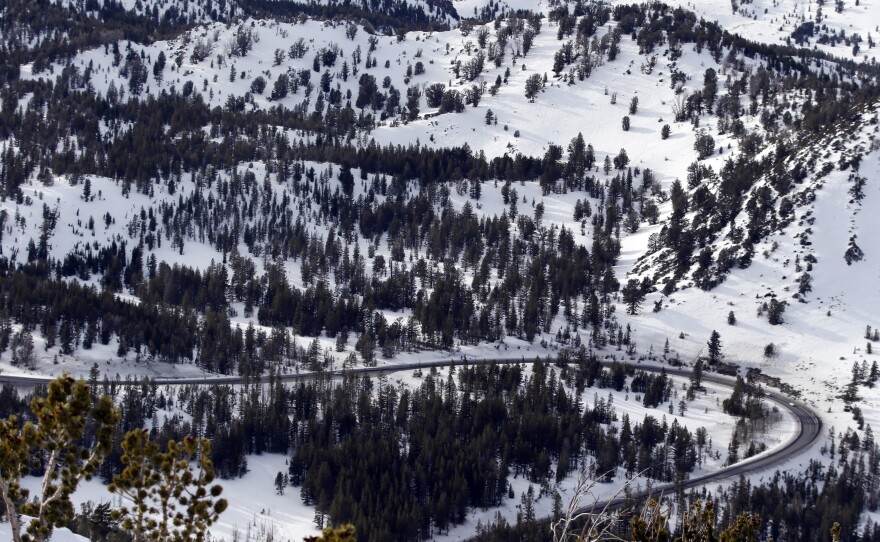State water surveyors found a barely average snowpack in the Sierra Nevada on Wednesday, setting the stage for tough decisions to come on water conservation requirements for California residents.
The key spring measurement found the snowpack at about 95 percent of normal. Officials say they intend to use the figure when they reopen a discussion on whether to ease or drop the savings mandates.
"The message is still very strong: Conservation measures are still going to be important," said Frank Gehrke, chief of the California Cooperative Snow Survey Program, who trudged through the snow to manually measure the snowpack. "We don't know what next year will be."
A year ago, Gov. Jerry Brown stood on the same spot — then a dusty patch of ground with no snow — to announce that the dire drought required residents to cut back water use by 25 percent.
Californians are now under orders to use at least 20 percent less water. To comply, many have let lawns turn brown and flushed toilets less often.
The state is in its fifth year of the historic drought.
The snowpack was aided by an El Nino storm system that dumped more water on the northern part of the state while leaving southern areas relatively dry.
George Kostyrko of the State Water Board says officials will consider this difference while setting new conservation targets.
Northern California has seen the most rain and snow, lifting the state's three largest reservoirs to above-normal levels and bringing the snowpack to nearly average depth.
Little rain and snow has hit Southern California, leaving most of its reservoirs low, and it will take years to replenish the overdrawn groundwater that has seen the state through four years of drought.
"We're looking at a long-term recovery and not a one-shot wonder," said Doug Carlson, a state Department of Water Resources spokesman.
California's snowpack typically is at its deepest on April 1, then the snow melts through the warm months, rushing down streams and rivers into lakes and reservoirs, providing roughly one-third of the state's water. The melted snow goes to farms in the nation's leading agricultural and most populous state.
Strong El Nino storms in early March have some water districts questioning whether a drought emergency still exists and if residents should still be required to live under conservation orders.
Leaders of local water districts say the state needs to save the emergency declaration for the true emergencies, fearing they will lose credibility with the public the next time drought hits and they are asked to conserve.






